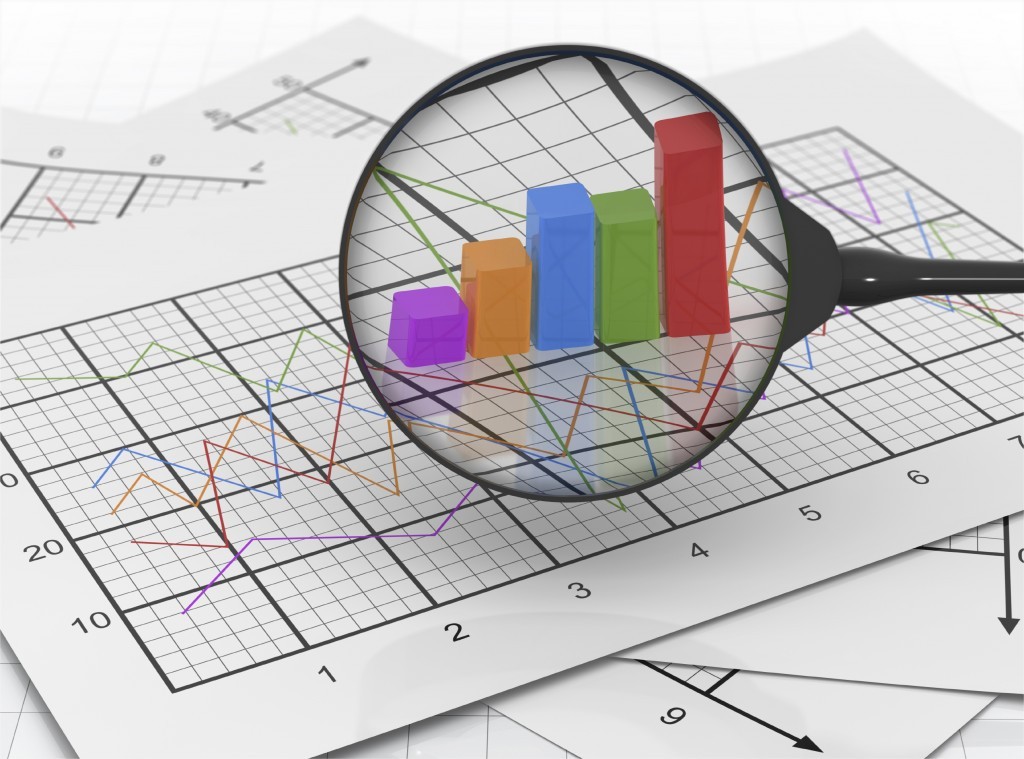Collecting and Summarizing Data in TQM
Let’s understand about Collecting and summarizing data in TQM. The Process improvement needs it to be measurable by data collection which is critical for any improvisation.

Collecting and Summarizing- Types of Data
They are of two types, discrete and continuous.
1. Discrete or Attribute Data:
- Data are said to be discrete when they take on only a finite number of points that can be represented by the non-negative integers. For example, the number of defects in a sample.
- Moreover, discrete data values can only be non-negative integers such as 1, 2, 3, etc. And, It includes,
1. Count or percentage
- It counts of errors or % of output with errors.
2. Binomial data
- Data can have only one of two values like yes/no or pass/fail.
3. Nominal Attribute
- It means “data” are names or labels. For example, in a company, Dept A, Dept B or in a shop: Machine 1, Machine 2.
4. Attribute-Ordinal
- The names or labels represent some value inherent in the object or item. For example, as on performance – excellent, very good, fair, poor or tastes – mild, hot.
2. Continuous or Variable Data:
- On the other hand, data are said to be continuous when they exist on an interval, or on several intervals. For example, measurement of pH.
- Moreover, data values for continuous data can be any real number: 2, 3.4691, -14.21, etc. And, continuous data can be taken at many different points and are typically physical measurements like volume, length, size, width, time, temperature, cost, etc. Above all, it is more powerful than attribute as it is more accurate due to decimal places which indicate accuracy levels and specificity.
Now we will discuss about conversion of data types.
Converting Data Types
- Continuous data, tend to be more accurate due to decimal places but, needs to be converted into discrete data. However, continuous data contains more information than discrete data but, during conversion to discrete data, there is a loss of information.
- Above all, discrete data cannot be converted to continuous data as instead of measuring how much deviation from a standard exists.
Measurement
- Measurement means assigning a numerical value to something, usually continuous elements. In other words, measurement is a mapping from an empirical system to a selective numerical system.
- Moreover, the data measurement has more priority than counted data. As, it is more accurate and contains more information. But, sometimes data will only occur as counted data.
Measurement Scale
The validity of the analysis is dependent upon the scale of measurement. And, there are four measurement scales which are,
1. Nominal
- It can only count items and the data consists of names or categories only.
- Moreover, no ordering scheme is possible and it has a central location at mode.
2. Ordinal
- Data is arranged in some order but differences between values are meaningless. That is to say, that one item has more or less of an attribute than another item.
- Moreover, it can order a set of items and it has a central location at the median with percentages for dispersion.
3. Interval
- Data is in order and differences can be found. However, there is no starting point and ratios are meaningless.
- The difference between any two successive points is equal and is treated as ratio scale even if the assumption of equal intervals is incorrect.
- Moreover, it can add, subtract and order objects. And, it has a central location at the arithmetic mean and standard deviation for dispersion.
4. Ratio
- It is an extension of the interval level that includes an inherent zero starting point. And both differences and ratios are meaningful.
- Moreover, true zero points indicate the absence of an attribute. And, it can add, subtract, multiply and divide.
- Above all, it has a central location at geometric mean and percent variation for dispersion.
Learn and enhance your knowledge about Collecting and Summarizing Data in TQM. Become a Certified TQM Professional Now!

